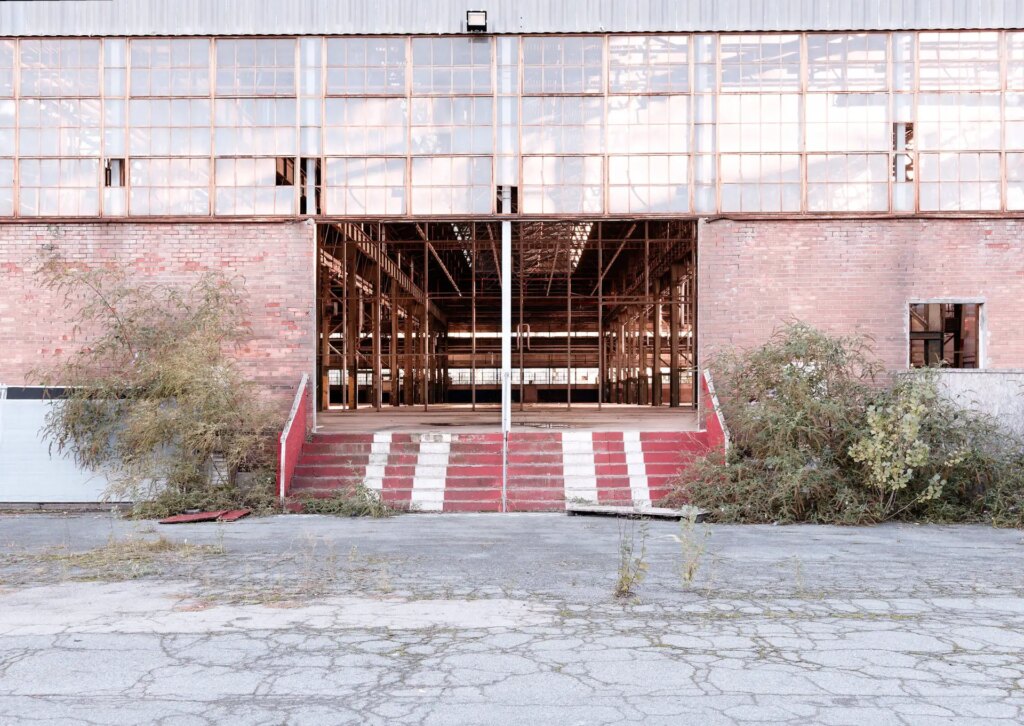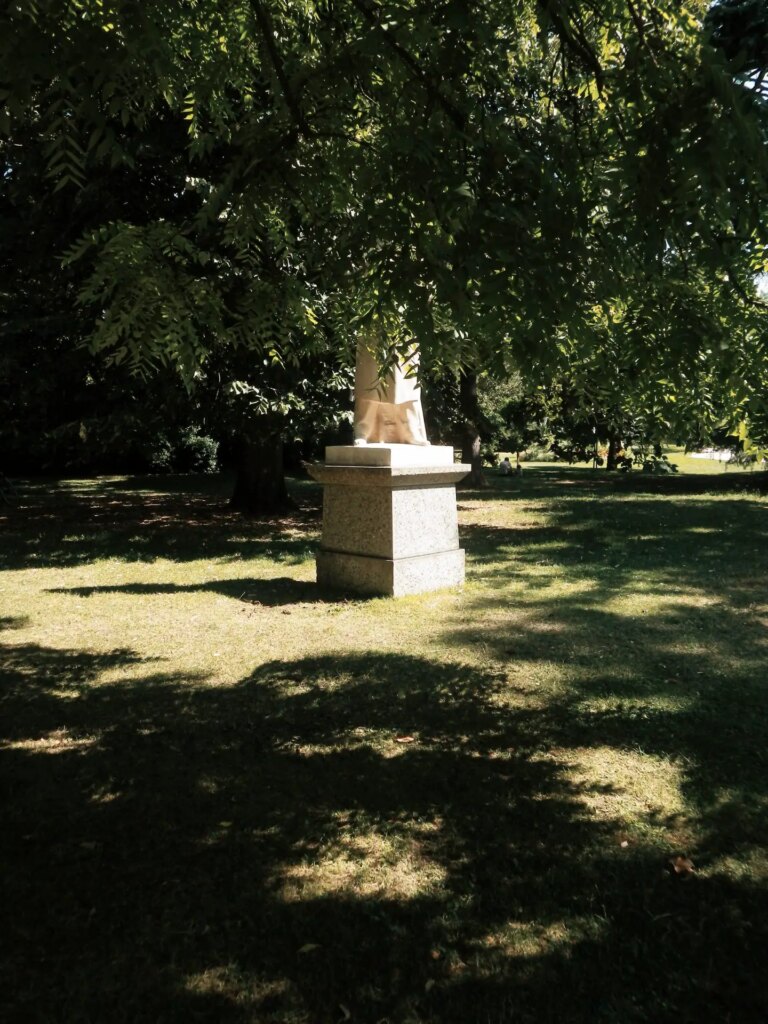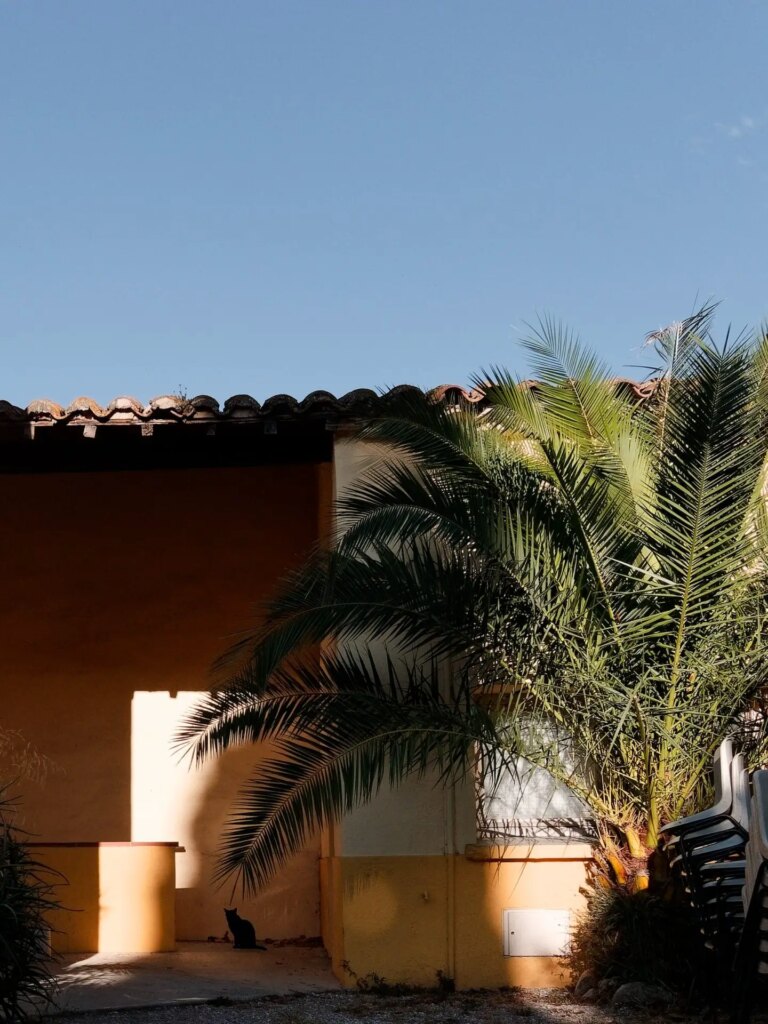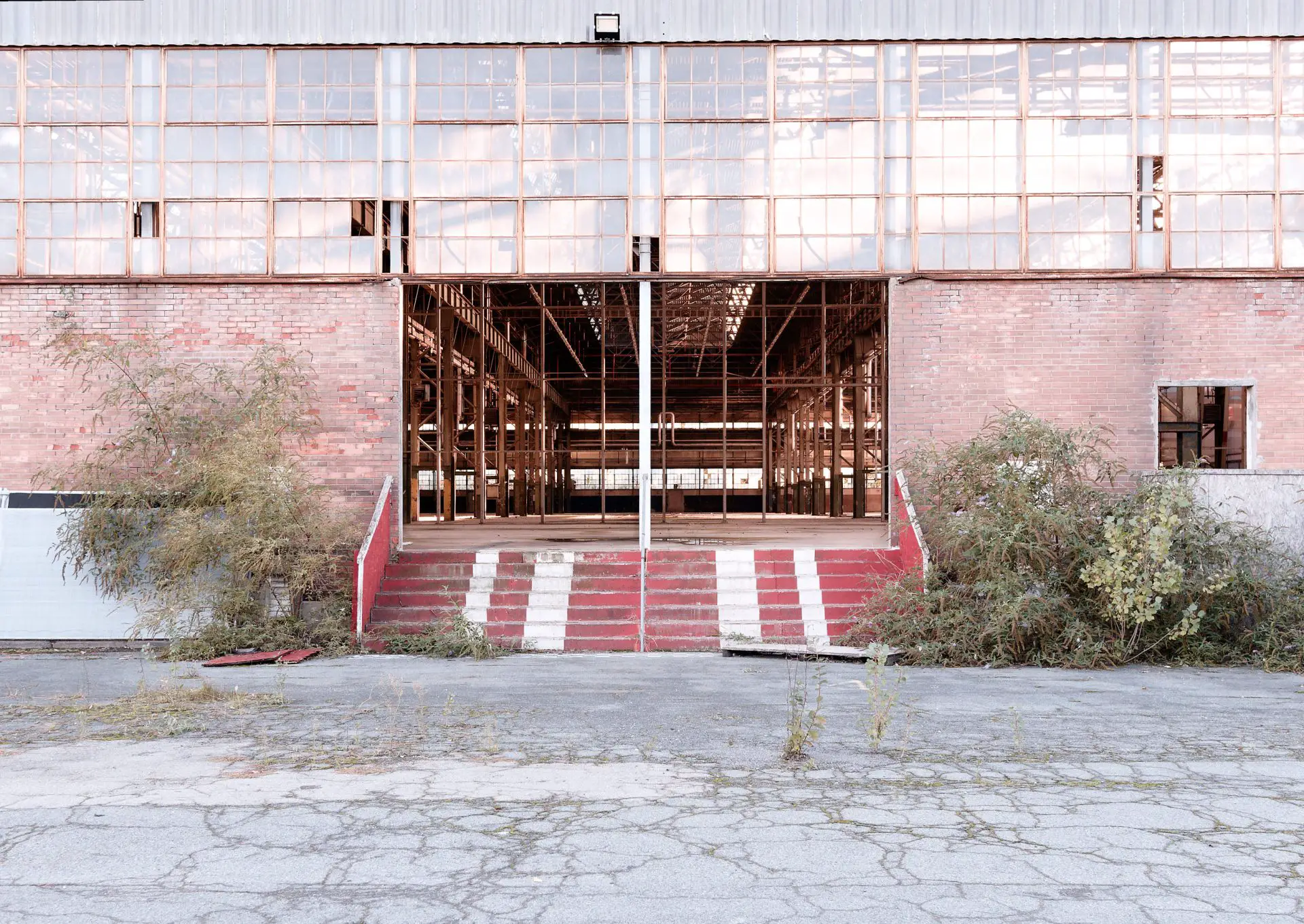This is not intended to be a technical text, or even a tutorial. The web is full of writings on the technique of analogue film simulation, or guides on how to apply it to your own images using various software. Instead, this is intended as a theoretical reflection: what is the significance of using analogue film simulations in the world of digital photography? Surely such a reflection already exists somewhere, and it will probably be even more informed and in-depth than this one (an interesting reflection on this, and partly in the vein of the one I want to propose here, can be found in this article published on 35mmc).
In any case, I feel the need to write about it, to get my point of view out of my head; to make it clear to myself first. So let us begin.
A reflection on film simulation should perhaps begin with the films themselves. I have to admit that my knowledge of film photography is basically zero. I only took analogue photographs as a child, before the mass adoption of digital photography, and I have never had any experience of darkroom development. However, I believe that none of this is fundamental to what I am about to discuss.
To the layman, the first thing that comes to mind when thinking about analogue photography is the concept of limitation, or rather, restriction. A limited number of shots, a single sensitivity, a single colour rendition. As a designer by training, I am well aware of the creative potential of constraints. You could say that constraints are forced choices, but they are choices nonetheless: and choices, by reducing the field of possibilities, define differences and promote coherence, thus building identity. Think of the countless ‘one month, one camera’ projects, or when we challenge ourselves to use a single format, such as a square. The choice made beforehand is part of the identity and strength of the project, even before we start shooting. It constitutes a de facto project: the choice is an intention, and the intention is the embryo of the project. With digital, the choice is no longer obligatory: almost all processing is reversible, whether applied before or after the shot.
So why film simulations? What is the point of using them? I want to think about this. And there are two scenarios that come to mind.
Total simulation: ‘nost’
Select a single film simulation, as if you were selecting a single film, and use only that. Basically, simulate the analogue experience as closely as possible.
This can be an interesting and fun choice to build a project, although the differences from the original experience must be taken into account. The technical constraint in this case is self-imposed and not related to the limitations of the photographic tools. This element in itself may not be of fundamental importance. However, it must be borne in mind that the analogue experience is certainly not reduced to the visual performance of one film or another. There is the limited number of shots, the impossibility of immediately checking what has been captured. There are cameras that try to combine the appeal of these limitations by bringing them into the digital age, such as the Fujifilm X Pro 3. But at the end of the day, it is still a simulation and the theme remains the same: what is the meaning, the reason?
To return to a time that is not the present? To what end?
To present the present through the filter of another era?
Hiding a weakness of identity and a strength of photographic content behind a strong, codified stylistic choice that distracts from the mediocrity of the photo itself?
These are some of the questions I ask myself when the choice of film simulation is made as such, independently of and before its possible effects on the photographs.
In this sense, and with reference to Svetlana Boym’s studies on nostalgia, I perceive this scenario as focusing on the ‘restorative’ dimension of nostalgia, that which emphasises the nóstos (home) and attempts a ‘transhistorical reconstruction of the home we have lost’. An approach that can become rigid, dogmatic and exclusionary in its attempt to reconstruct a past that is now, in fact, past.
Integration and reflection: ‘algia’
The second scenario I have in mind is an integrative one, bringing the essence and characterisation of different films into a contemporary digital shooting and development flow. The starting point is this: today, thanks to raw files and photo editing software, the possibilities for modifying a photograph are very wide. Almost anything is possible: transforming the shot from day to night, removing and adding details… Beyond a certain threshold, I would no longer call these practices photographic development, but rather photomontage or even graphic design.
However, as we have already seen when discussing the creative power of constraints, ‘everything’ and ‘nothing’ are closer than we think: having infinite possibilities often leaves us paralysed in a magma of indecision, unable to find a thread of meaning to guide our choices.
And it is here that I personally find a ‘light’ and contemporary role for film simulations: a suggestion, a hint to bring into the digital development process, without pretending to be in another time.
Quite simply, the use of various film simulation profiles as presets on which to base the digital development process. Without searching for the name of the emulated film and without bragging about it, but simply appreciating the result and, if necessary, modifying it further during the development process. In short, simulation as a starting point, not an end point.
Personally, I use this process habitually. I apply different film simulations to my photographs until I identify the one whose rendering of colour and contrast best represents the meaning I intended the shot to convey. Sometimes I don’t identify it and work with the default profiles on my cameras, or without a specific profile, just using the generic editing tools.
I have included examples of this approach at the end of the text. Would I have achieved the same results without film simulations? Perhaps. Certainly, the possibility of starting from an abacus of different visual representations allows me to better explore which of them is most appropriate for the message I want to convey, as if I were visually brainstorming with myself.
Returning to Boym, I would define this approach as afferent to ‘reflective nostalgia’, that which emphasises álgos, desire itself, and delays the return home – in a malicious, ironic, desperate way. In Boym’s words, ‘reflective nostalgia dwells on the ambivalences of nostalgia and human belonging, and does not shy away from the contradictions of modernity’: ‘My aim is to communicate meaning through my images, and faking a connection, however fascinating, sometimes only risks weakening my communicative act.
Conclusions (and photos!)
There will undoubtedly be intermediate positions between these two poles; or even more different positions that go beyond these two scenarios.
One of these, very practical, could be one that simply responds to the economic sphere: using film simulations to maintain a similar yield to film, but without having to bear the increasingly prohibitive costs. A case in which digital is therefore a fallback option that would be avoided under more favourable economic and market conditions. But again, the end is subordinate to the means.
To conclude, this was meant to be a reflection that, in the era of almost unlimited digital possibilities and the total retro revival, be it of film, CCD cameras or otherwise, raises some questions and queries as to ‘why’ we seek, prefer and apply certain tools and approaches rather than others in the landscape of almost unlimited choices offered by digital.
After all, photographs would be just pictures, music just sounds, poetry just words, if the beating heart of ‘meaning’ did not give life to these and other arts.
And now, photo time! These photos are all shot on digital cameras, and have a specific film simulation applied. Each photo have a little reflection on the motivation behind the selection of the specific simulation.

The reddish tones of this film homogenise the image against the rust tone of the window frames, almost extending the rust over the entire scene to reinforce the sense of desolation. Shot on Panasonic GX80 with Lumix 20mm f1.7 lens.

This film warms and expands the red/yellow and blue/violet ranges, as well as increasing the overall exposure of the image. This allows the colours to interact in a more pleasing and complementary way, creating an alienating scenario with cyberpunk and sci-fi influences, which I wanted to exploit to increase the photo’s potential for abstraction. Shot on Panasonic GX80 with Lumix 20mm f1.7 lens.

In this case, the simulation shifts the greens and warms the yellows, with the aim of moving the image away from an overly realistic rendering and increasing the sense of alienation. Shot on PENTAX Optio WG-1 GPS.

This film increases the overall exposure of the image, enhances contrast and also gives the sky a deep, almost leaden blue/blue tone, pursuing a surrealist aesthetic. Shot on Panasonic GX80 with Lumix 20mm f1.7 lens.

The film warms up the greens and oranges to give the image a greater warmth, reinforcing the feeling of relaxation, comfort and security, evoking images of summer and holidays. Shot on Panasonic GX80 with Lumix 14mm f2.8 lens.
I hope you enjoyed the photos, and meanwhile thanks for reading.
You can find me on Instagram and on my website.
Share this post:









Comments
Ibraar Hussain on Nost•Algia and Film Simulations in Digital Photography
Comment posted: 29/04/2023
I’m not sure about the others
But the Ektachrome e100vs looks on my screen absolutely nothing like e100vs - my favourite film.
Comment posted: 29/04/2023
GEORGE on Nost•Algia and Film Simulations in Digital Photography
Comment posted: 29/04/2023
This really got me thinking about my own process. And it seems to be quite result-oriented, similar to yours in a sense. I mostly use RNI's film profiles, likely similar to the ones from your first link. They are no 100% replacement for the actual film, yet there's a certain "digital timelessness" to them that grows on me, much like my Leica M10.
So, for me, it's all about the final picture. I see film simulation as a way to achieve "that look", rather than replicating the constraints of a film roll or being present in a darkroom. In fact, when I shoot real film, I prefer to skip the darkroom part entirely and have it outsourced to the lab. After all, it's the picture that remains.
Comment posted: 29/04/2023